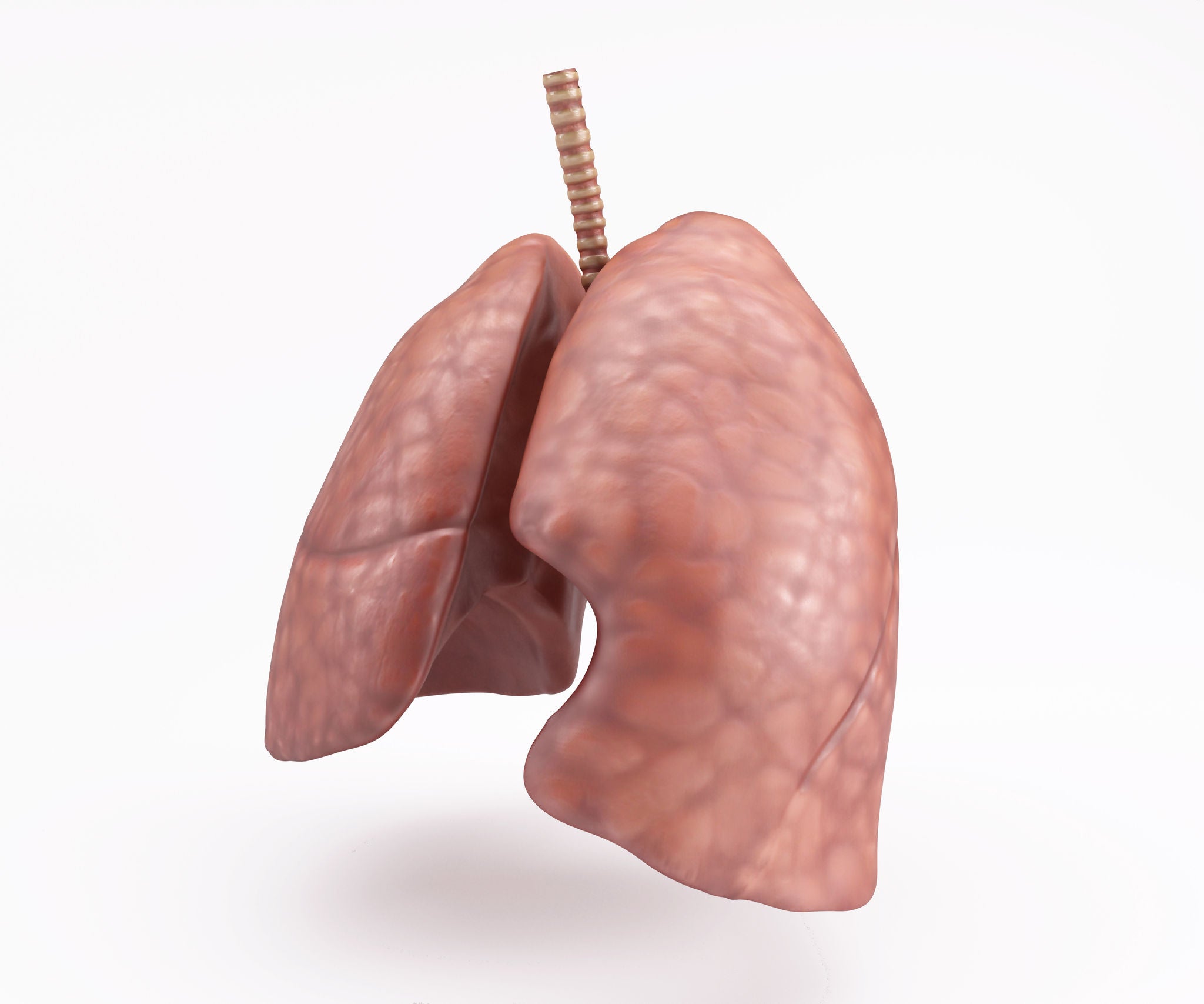
Over half of people who have bronchiectasis are sensitive to at least one allergen, it finds
Researchers have discovered that a majority of patients with a type of chronic lung disease are highly allergic to fungi and dust mites.
This means that these people with bronchiectasis - which currently has no effective cure - can receive treatment for their allergy and have their condition alleviated.
Bronchiectasis is a permanent condition in which parts of the airway have enlarged because of irreversible damage to the lungs. People with this condition find it hard to cough out phlegm and are more prone to bacterial, viral or fungal infection.
Bronchiectasis sometimes coexists with chronic obstructive pulmonary disease.
The researchers' study showed that more than half - or 58 per cent - of bronchiectasis patients were sensitive to at least one allergen, compared with 27 per cent in a group of patients with hay fever.
This finding will help more patients to get the correct treatment for a disease in which half of the cases have no identifiable cause, said Assistant Professor Sanjay Haresh Chotirmall from the Lee Kong Chian School of Medicine at Nanyang Technological University.
"What's really good about this is that although bronchiectasis currently does not have any licensed treatments, allergy is treatable," said Prof Chotirmall, the lead researcher in the study.
Some causes of bronchiectasis include childhood infections such as pneumonia, post-infection bronchiectasis and blockages of the airway.
While there is no data on the prevalence of the disease here, bronchiectasis among patients with chronic obstructive pulmonary disease can range between 4 per cent and 69 per cent globally.
Chronic obstructive pulmonary disease was the 10th principal cause of death here in 2017.
The study was undertaken by local and overseas researchers, who studied fungal infection in more than 200 bronchiectasis patients from Singapore, Malaysia and Scotland from 2016 to this year, matching patients in Asia to those in Europe in terms of age, gender and severity of bronchiectasis.
The matching of patients enabled the researchers to control the influence of those factors and show that the types and causes of allergies associated with the disease vary across regions.
Previous research focused on non-Asian populations, but Asians have a much higher rate of the disease than non-Asians, said Prof Chotirmall.
The study was published in the American Journal of Respiratory and Critical Care Medicine this month. The team behind it included researchers from Tan Tock Seng Hospital, Singapore General Hospital, Changi General Hospital, the National University of Singapore, the Agency for Science, Technology and Research, the National University of Malaysia, as well as the University of Dundee in Scotland.
An earlier study by the same group of researchers published in July last year found that patients in Singapore and Malaysia showed greater sensitivity to the house dust mite and major allergens of the species Aspergillus fumigatus. Patients from Scotland showed greater sensitivity to the minor allergens of Aspergillus fumigatus.
A major allergen refers to a specific protein of the fungus where a detected allergy is more common, and a minor allergen is one where the allergy it causes is less common.
Prof Chotirmall said the next step is to look into more environmental factors that contribute to bronchiectasis, such as the home and outdoor environments, as well as the air that people breathe.













 Get it on Google Play
Get it on Google Play